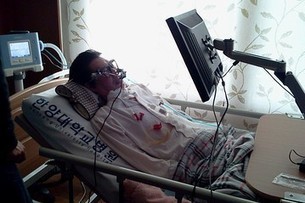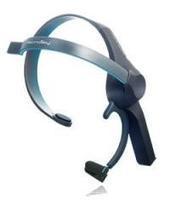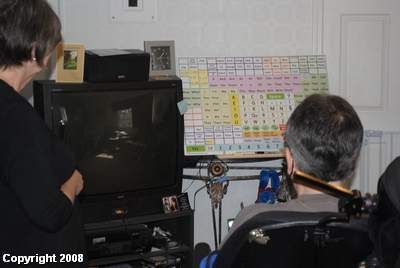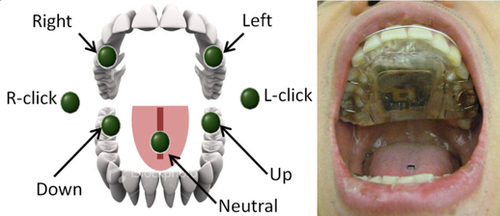Via Scoop.it – ALS Lou Gehrig’s Disease

Archive for the ‘Assistive Technology’ Category
7 Apr
Brain Scanner Being Used To Give Stephen Hawking A New Voice
23 Mar
Samsung Develops Low-Cost “Eye Mouse”
Via Scoop.it – ALS Lou Gehrig’s Disease

23 Feb
Now your tongue can secretly operate a computer, wheelchair
Via Scoop.it – ALS Lou Gehrig’s Disease
Many with ALS or high-level spinal-cord injuries have been relying for years on the old sip-and-puff technology to operate wheelchairs and computers. This tech requires the user to sip or puff precise amounts of air pressure into a straw, and it is anything but subtle. The operation of wheelchairs and other devices could soon be far less conspicuous, thanks to a prototype dental retainer developed at the Georgia Institute of Technology–for those who don’t mind getting their tongues pierced, that is. Featuring a small retainer that fits along the roof of the mouth, the Tongue Drive System uses sensors to track the movement of a tiny magnet on the user’s tongue, thereby allowing the user to issue commands by pointing his or her tongue in different directions. The researchers presented the prototype, which improves on an earlier version whose sensors were mounted onto a headset, at the IEEE International Solid-State Circuits Conference in San Francisco this week.
Via news.cnet.com
20 Feb
NeuroSky to develop iOS assistive technology apps
Via Scoop.it – ALS Lou Gehrig’s Disease

Via www.mactech.com
4 Feb
Scientists decode words from brain signals
Via Scoop.it – ALS Lou Gehrig’s Disease

Via www.cbsnews.com
28 Jan
Getting Up: The Tempt One Story Review, Wins Audience Award
Via Scoop.it – ALS Lou Gehrig’s Disease
Street art. Gee-whiz tech. An indomitable human spirit. A commercial director’s eye for details. Getting Up, a documentary about how graffiti artist Tempt One gets back to making art after being stricken with a disease that leaves him virtually paralyzed, is an exceptional story crafted into an exceptional film. Tony “Tempt One” Quan is one of the legends of the graffiti scene in Los Angeles. His lettering style is admired by fans and fellow artists, and his sense of community make him one of the lynchpins of the graffiti world. So when he was diagnosed in 2003 as having ALS, the debilitating condition also known as Lou Gehrig’s Disease that leaves its victims paralyzed, it was a blow to the graffiti world. Enter Mick Ebeling, entrepreneur, philanthropist and street art fan. When Ebeling hears about Quan’s condition, he decides to give some money to the Tempt One ALS Foundation and learn some more about the man. This begins a journey for the two men, with Mick working to recruit technologists and craftsmen for a project that with the goal of getting Tempt back to doing what he does: rock fresh and funky styles on walls.
Via www.youtube.com
26 Dec
Constructive communication. RN creates communication device for ALS patient
Via Scoop.it – ALS Lou Gehrig’s Disease

Via news.nurse.com
16 Dec
Top 10 Alternative & Augmentative Communication (AAC) Apps for iPad
Via Scoop.it – ALS Lou Gehrig’s Disease

Via assistivetechnology.about.com
